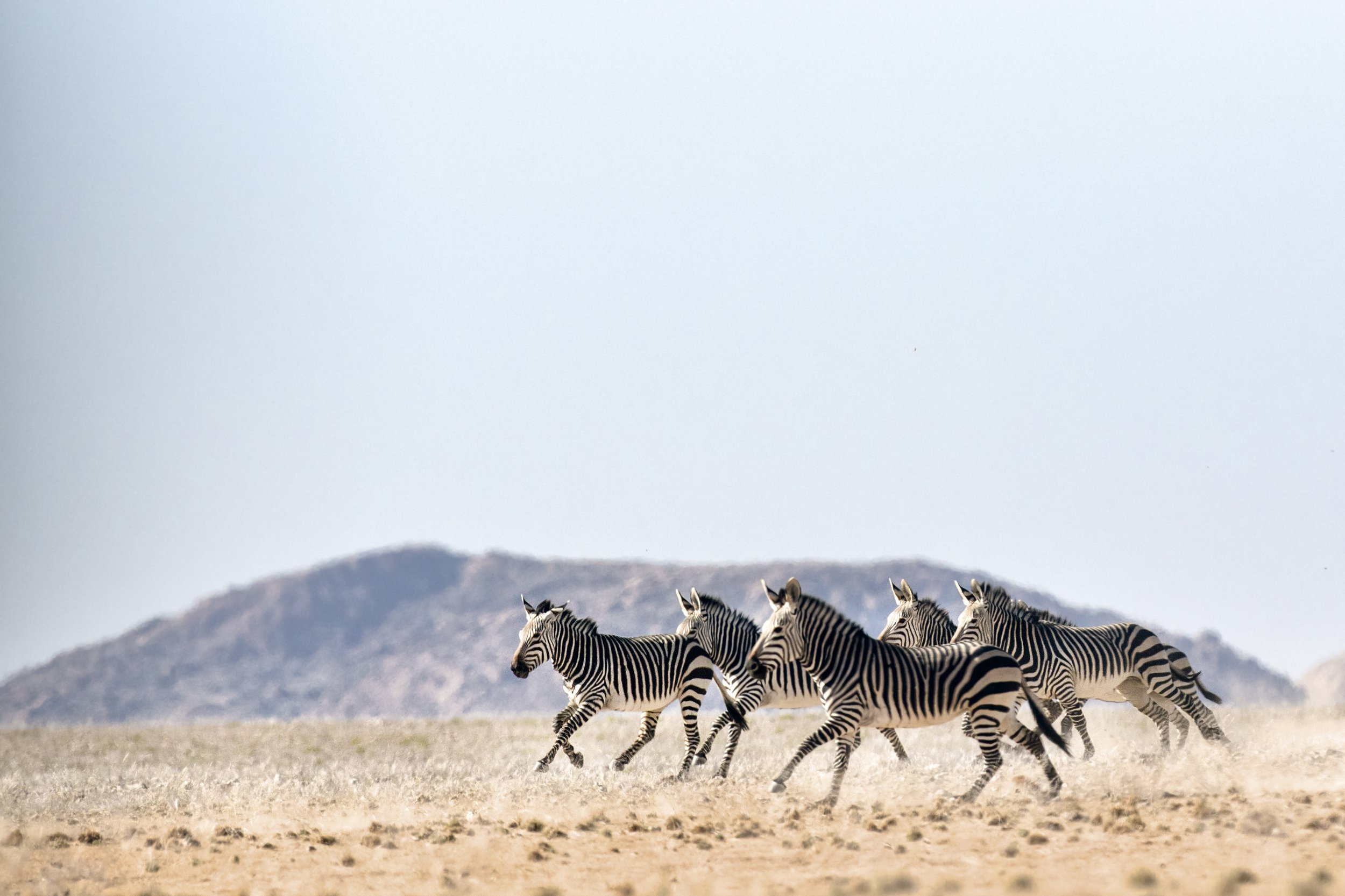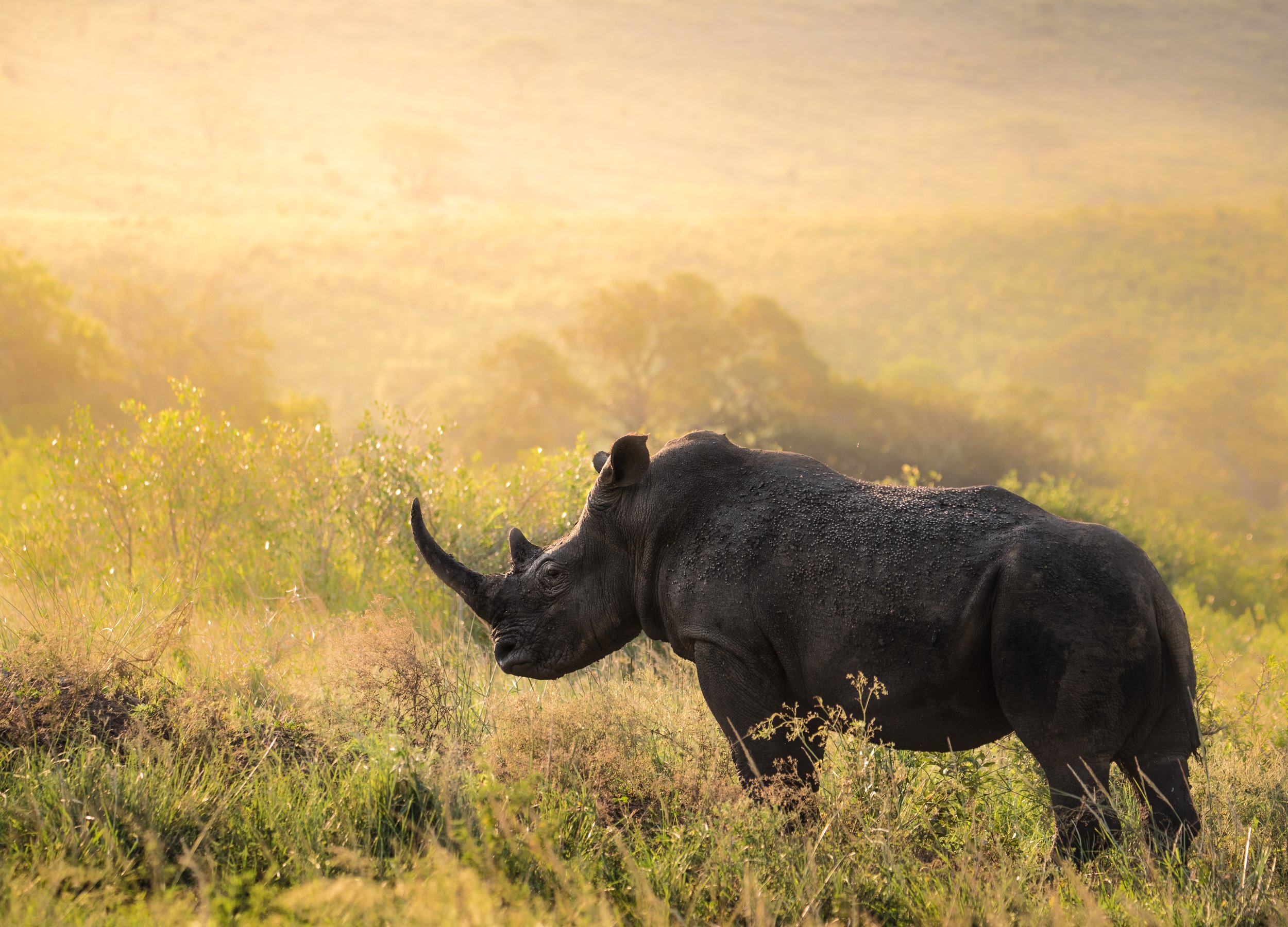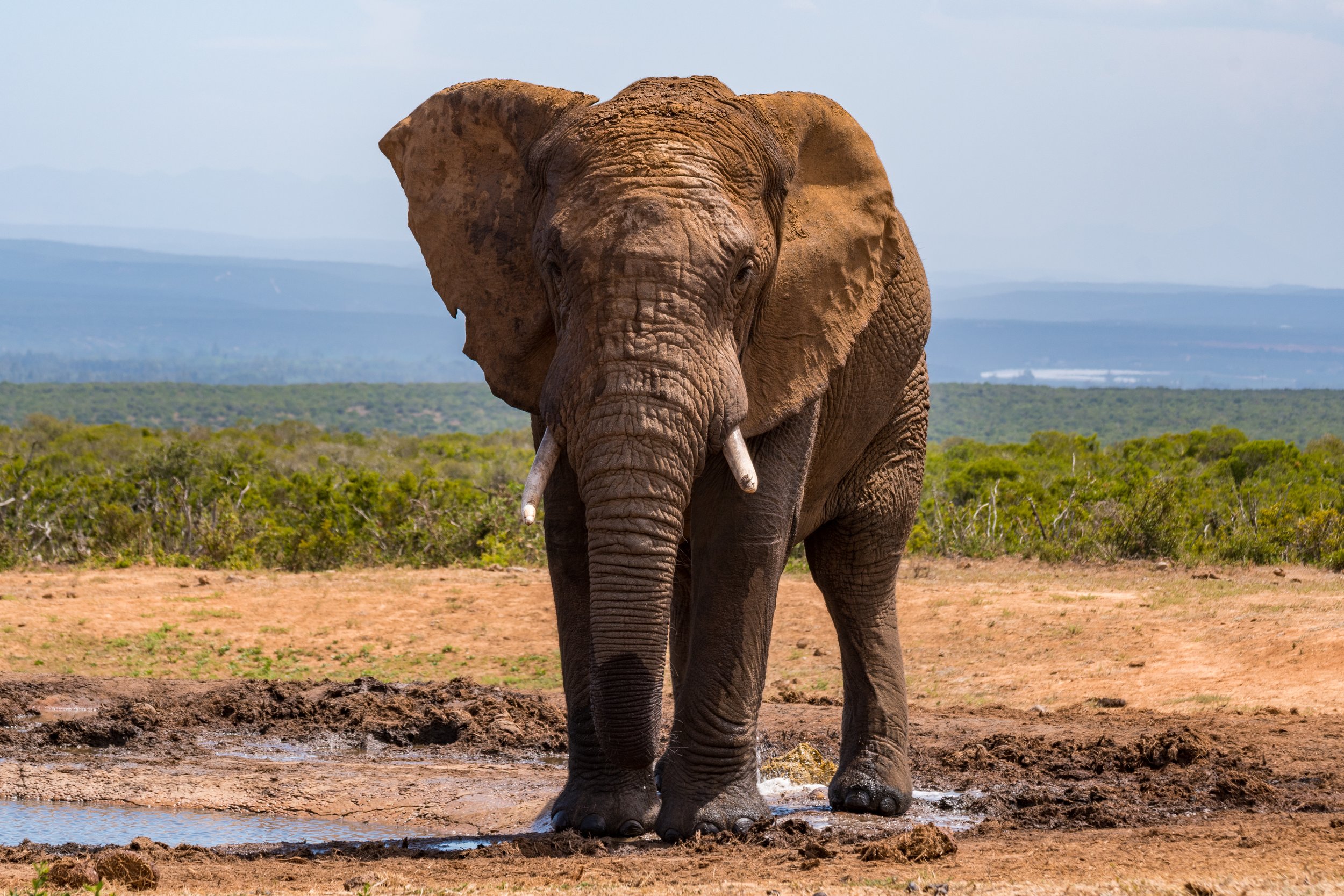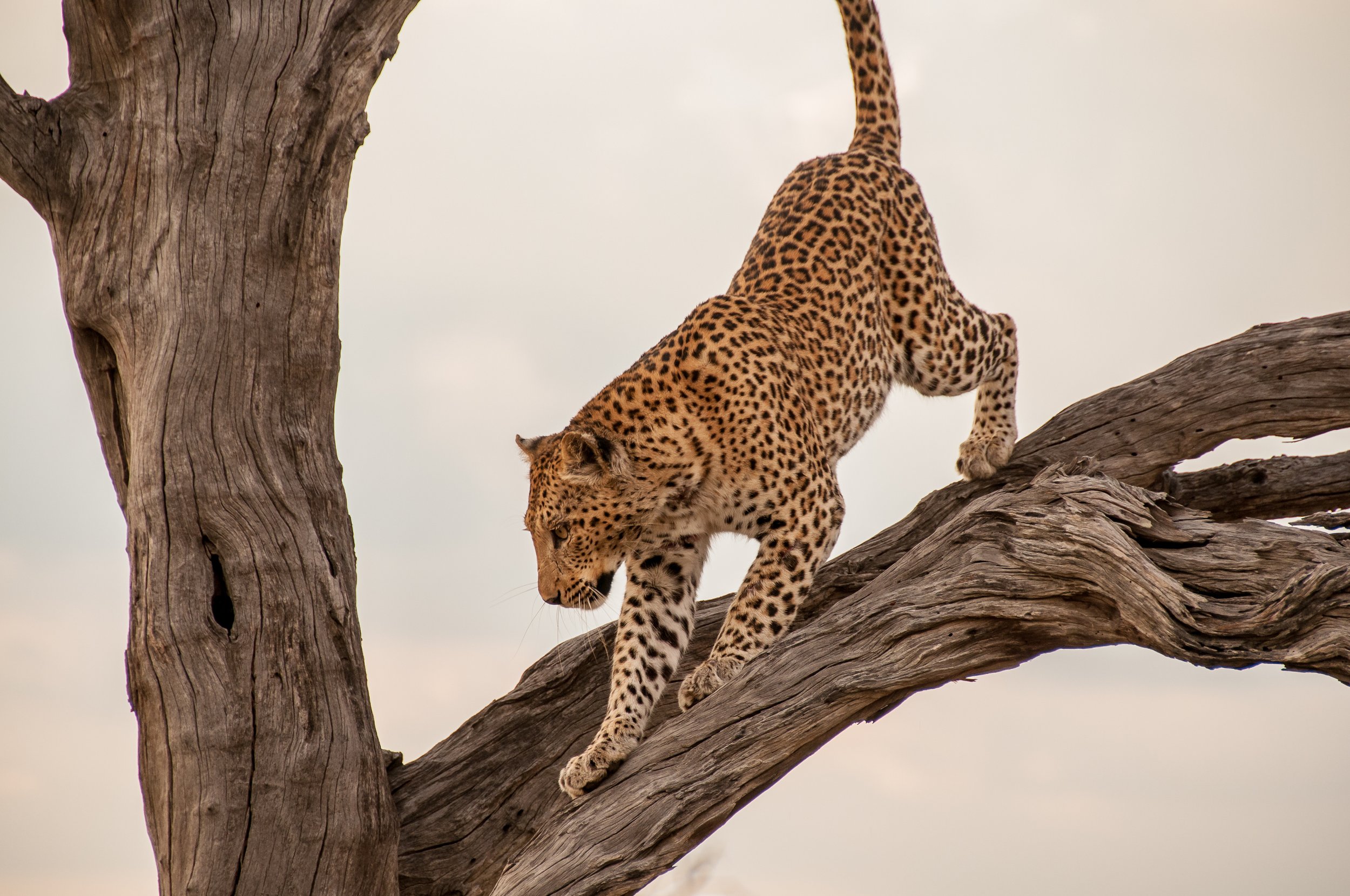Self-drive Safari: Tips, Tricks and Safety Precautions
Written by Zeldi Smulders
Going on a self-drive safari can be a thrilling adventure, and with a little bit of extra knowledge, you can make sure you have a safe and enjoyable time out on the open roads. In this blog post, we'll provide you with all the information you need to know to get the most out of your self-drive safari experience while being a savvy safari self-driver. Read on to self-drive into your next adventure.
Responsible safari-goers respect game reserves and nature
The rules of a self-drive safari:
Always remain in your vehicle unless given permission to do otherwise. If you get a flat tire, contact the number provided by the park for assistance.
Refrain from leaning out of the window to take photos.
Do not feed the wildlife and don’t leave food items unattended, especially if monkeys or baboons are present.
Obey the speed limits of the park as wildlife have the potential to emerge from the bush unexpectedly. Elephants are particularly quiet, surprisingly so, and a good example of not judging a book by its cover.
Keep enough distance between you and the wildlife to avoid potentially dangerous situations.
Familiarise yourself with the gates' opening times and plan your safari route accordingly, accounting for the speed limit and factoring in extra time for remarkable animal sightings where you will linger longer.
Spot spectacular wildlife in their natural habitat
Tips and tricks for successful wildlife sightings:
Collect a map of the park from the gates or rest camps so that you can navigate yourself.
The best times for game drives are morning and evening when wildlife are more active, as opposed to the other times when they might be resting in the shade in the midday heat.
Check the sightings boards at the gates and rest camps of the parks to see which animals have been spotted recently and in what area.
Engage with other adventurers you meet, as they may draw your attention to wildlife sightings you might miss otherwise.
Visit watering holes to spot all sorts of wildlife quenching their thirst.
Take advantage of lookout points, hides and picnic spots where you can get a different perspective, stretch your legs and catch some sun rays.
Don't get stuck on the Big 5 when there is much more wildlife with fascinating behaviour to look out for and admire.
Note fresh animal tracks as a fresh paw print in the mud can mean that the animal is still nearby. Although, some things are also best left to the experts, like professional trackers that accompany you on a guided safari.
Stay cautious & conscious: self-driving on safari
How to be mindful on a self-drive safari:
Drive slowly to maximise your chances of spotting animals hidden in tall grass, shrubs, or trees.
Exercise caution when driving to ensure you do not harm any animals in the vicinity. Remember, wildlife should be given priority, from the tiniest dung beetle to the majestic elephant.
Do not drive off-road unless permitted as it may potentially harm the various hidden creatures and their habitats. Think about the small yet important, like birds nests, chameleons, and tortoises.
When observing a scene for a longer period of time, switch off your engine to minimise noise and exhaust fumes.
Navigating the wilds? Don’t forget the basics.
Other general self-drive safari tips:
Take some snacks and drinks along that won't make a mess and can be easily shared.
Make note of the toilet facilities in the park, so you can plan your stops accordingly.
Don't forget your binoculars and camera to view and capture beautiful photos of the wildlife you encounter.
Have a field guide ready to identify the species of wildlife you encounter and learn more about their behaviour and habits.
Make sure you pack sunscreen and sunglasses to protect yourself from the sun.
Ready for your self-drive safari? Try these top self-drive safari destinations in Africa:
Namibia
Whether you use your own or rent a vehicle for wilder places, Namibia’s vast and diverse landscape makes it a great place for a self-drive safari trip. Become a self-drive master while you explore iconic sites like Etosha National Park, the Zambezi Region and Namib-Naukluft National Park, home to the dunes of Sossusvlei.
South Africa
A popular choice for a self-drive safari, South Africa boasts rich biodiversity and a variety of landscapes to discover at your own pace, including the Kruger National Park, Hluhluwe-iMfolozi Park, Addo Elephant National Park and Madikwe Game Reserve.
Botswana
While self-driving in Botswana can sometimes be better suited for more advanced drivers, its vast array of wildlife and spectacular landscapes make it a great self-drive safari destination, with favourites like the Okavango Delta, Chobe National Park, Moremi Game Reserve and Makgadikgadi Pans National Park.
Safaris are at their best when you come prepared and approach it with an open mind. Want to choose your own path on your next safari? Browse Viatu’s expertly planned trip templates and customise them to your liking. Have a memorable safari!

















